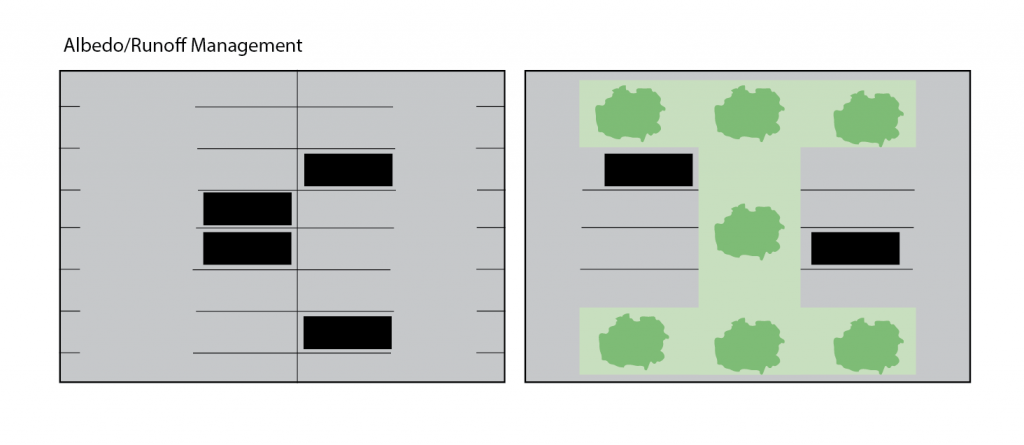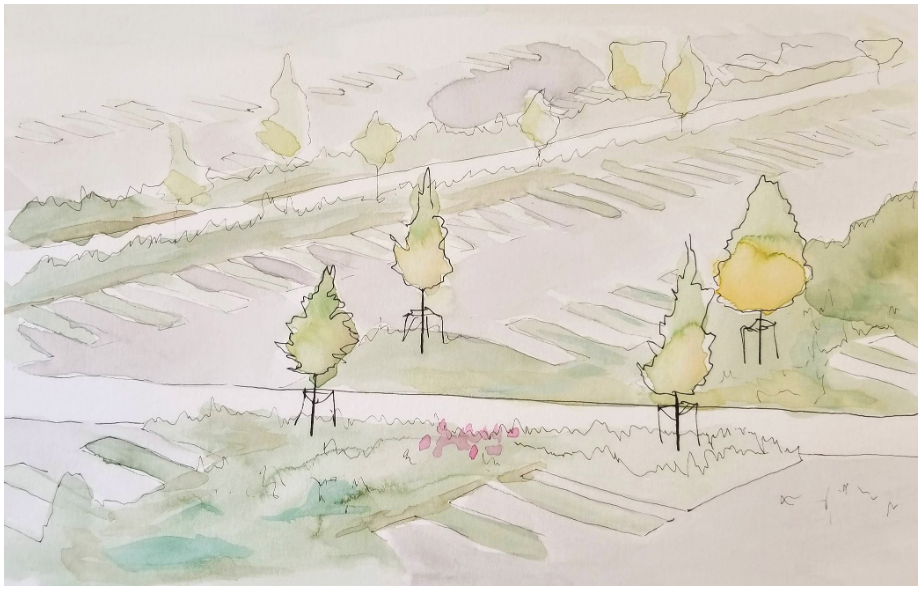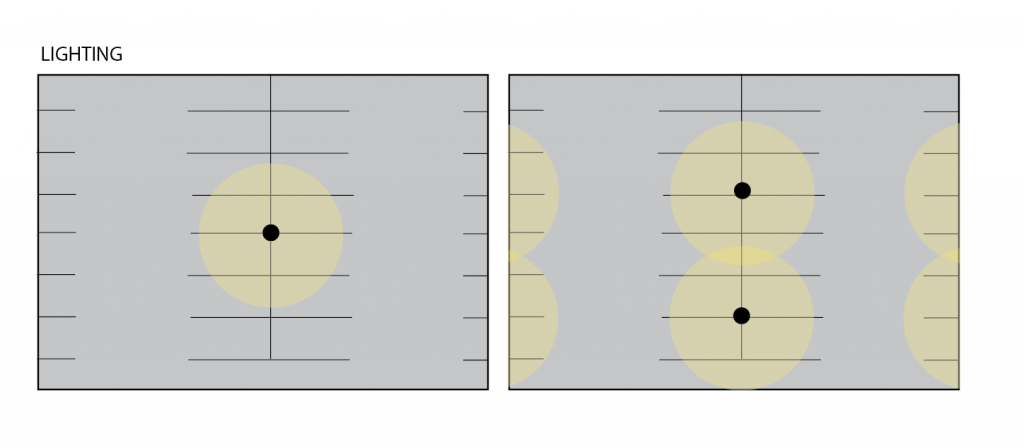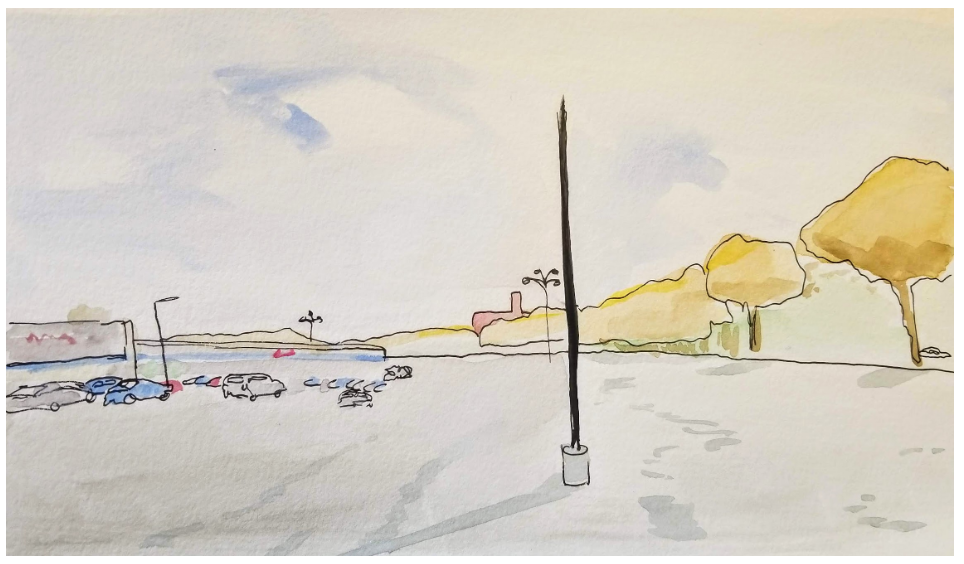
Parking generally has been regarded as an unfortunate eyesore that in this day is unavoidably necessary. This reality is though not true but branded through cost-cutting and efficiency. Developers spend so much time making sure the interior and facade are well designed that the parking lot is often overlooked and is the first element that gets defunded.
There are so many different types of parking when really looking at each spot. There were 7 distinctly different types when looking at the 63rd street corridor, but each individual parking situation has nuanced differences that could warrant a new category. In reality there could be hundreds and thousands of different unique parking types.
When looking at building a parking lot there needs to be consideration taken to the interests and needs of the place it is built for, there is no one size fits all. There are four basic principles of any spot used for parking; flow, angle, runoff, and lighting (not to be forgotten, maintenance and cost of upkeep is of utmost importance in the longevity of a lot).

Flow is the directionality and opportunity of various means of getting around. This is important to think about especially for busy places. Imagine being in a parking garage around rush hour when everyone is trying to get out, a line starts to form as people allow other cars to back out and enter into enlarging line. This compounds and becomes a nightmare for everyone involved.

Angle is the way in which a parking spot is placed. The general angles are 45, 60 and 90 degrees, each having a specific place with benefits and costs. While 90 degree parking lots are able to be extremely efficient and allow for the maximum number of spots, they are entirely inefficient in getting in and out of the space. These types of spots are meant for a building where people go in and do not come out for hours, if not the whole day. The 40 and 60 degree spots are meant for places with high turn over — grocery stores, strip malls, and restaurants. These take up roughly 25% more room than the straight spots, which is why they are very rare for corperate buisnesses.

Water management is the main concern with the longevity and upkeep of a parking lot, water is the enemy of the built environment. Therefore, keeping a large portion of the area landscaped and porous, which looks quite nice actually as shown in this French Stadiums parking lot below.

Lighting is the last, and regarding security is the most important part of a parking lot. The reality is that the parking lot can be where a person is the most vulnerable to crime. The most crucial part is visibility, having a place well lit ensures that the most eyes are looking out as possible.

Unfortunately a lot of developers see the parking lot as a last step, as formality that can just be poured and left be and not as an opportunity for enjoyability and sustainability.

This is a typical scene that ends up as a relatively small place of business surrounded by a sea of grey asphalt. It is generally expected that a number of spaces are included per unit of commerce to coincide with demand, but at what cost?
There are many ways in which a parking lot can be elevated and pushed to a visually pleasing and environmentally friendly level, and hopefully this blog has helped show some ways in which a parking space can be more than just a place to park.
